By Soh Rui Yong
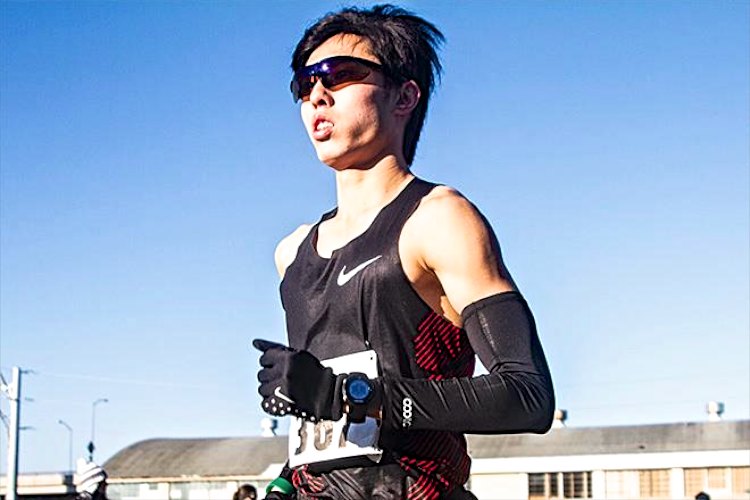
Soh Rui Yong, 23, in action during the Cascade Half Marathon in Oregon. He won the race in 69min 15sec to become only the second Singaporean to run a sub-70 for the half marathon. (Photo © Alan Sylvestre. Received via Soh Rui Yong. Used with permission)
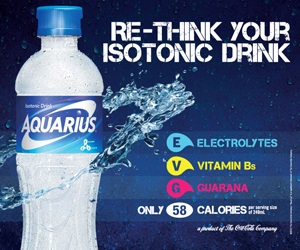
For a long time, the 70-minute barrier for the half marathon has been the magic mark targeted by Singapore’s best distance runners.
There are two distances that Singaporeans are very familiar with – the 2.4 kilometres and the half marathon. Both hold special prestige among Singaporeans, despite them not being Olympic events. I can explain why in three words: Singapore Armed Forces (SAF).
Every Singaporean male goes through two years of military service in the SAF. Unless excused by a medical officer, all national servicemen are required to complete the Army Half Marathon (AHM) in their second year as a soldier in the SAF. The AHM is also open to the public, and many civilians, both male and female, participate in the annual event, with registrations regularly reaching 80,000 (the number of people who actually show up and finish is another issue altogether).
Thus, Singapore identifies with the half marathon distance as part of our tradition and culture. The AHM is arguably the most competitive and prestigious local race, and winning the event is something every long distance runner in Singapore dreams of and aims for every year.
Ever since I first became aware of the distance in 2006, a slew of local distance runners have run in the low 70min range for the distance, including established names such as Ashley Liew, Lim Kien Mau (Malaysian-born), Ivan Low, Wang Zhiyong, and a handful more. But the 70min barrier remained intact on certified half marathon routes, both locally and overseas.
While I am sure that many accomplished distance runners in the history of Singapore Athletics have had the capabilities to break 70min in the half marathon, SAA records show that the only one to actually do it is Mok Ying Ren, who was recently crowned the Southeast Asian (SEA) Games marathon champion.
Also the first Singapore man ever to win a SEA Games marathon gold, Mok first shattered the 70min barrier by running 69min 24sec at the 2013 Christchurch Half Marathon in New Zealand. In doing so, Mok became the first ever Singaporean to run a sub-70min half marathon. Mok then showed that it was no fluke by running 67min 53sec at the incredibly competitive Ageo City Half Marathon in November 2013, placing 301st. Aged only 25, Mok broke the 70min barrier twice in four months, and established himself as the best Singaporean male half marathoner that ever lived.
News of Mok’s achievements reached me in Oregon, Tracktown USA, and I was extremely motivated that my friend and former training partner was single-handedly raising the bar. Being three years younger than Mok, I first met him as a wide-eyed 15-year-old in Raffles Institution. Mok was then the reigning National Schools Cross Country champion and I jumped at the chance to train with him. We did some interval sessions and long runs together, and Mok formed a key figure in my life as a schoolboy runner.
Though we are very different runners, physically, tactically, and in event specialization, it was only natural that Mok’s achievements served to motivate me. ”Whatever Mok runs, I can do the same, if not better,” I told myself.
I looked on the race calendar, and the small, but USATF-certified Cascade Half Marathon popped up as the only half marathon in Oregon in January.
“Fun way to start the year,” I thought to myself, signing myself up for it and handing the reins to my new coach, Ian Dobson. A Stanford University graduate and a 2008 Olympian in the 5000m for the United States of America, I knew Ian was the right man to guide me to a sub-70min attempt at Cascade.
To prepare me for my race against the clock, Ian put me through a rigorous six-week training programme, consisting of seven runs and two gym sessions a week. Waking up at 6am every day, I’d get my training done by 9.30am or 10am latest, before showering, having lunch and getting to class. After class, I’d have dinner, do schoolwork, then head to bed by 10.30pm latest in order to catch enough rest for the next day. Rinse and repeat.
A couple of weeks before race day, Ian presented me with two challenging workouts, including a 10-mile run, every mile alternating between 5min 15sec and 6min 15sec, and an 8-mile tempo run at 5:20 pace. Both workouts were aimed to simulate the effort I would have to put in on race day. I hit neither of them. All the fatigue from working out in the gym and running up to 88miles (140km) a week left me with perpetually heavy legs. At times it felt like I was like running with weights attached to my feet.
Despite the less-than-desired workouts, Ian never seemed worried.
“It’s alright, just put in the work. It’s hard to predict a race from training,” said Ian.
In the final two weeks leading up to Cascade, Ian told me to cut my mileage. I went from my all-time high of 88 miles down to 65 miles (100km), then took every other day off running in the week leading up to Cascade, catching up on sleep and letting my legs recharge. As legendary Oregon coach Bill Bowerman would say, “Hay’s in the barn.”
I also did some mental preparations for the sub-70min challenge I faced ahead. Mok had finished 13th and 301st respectively in his races when running 69.24 and 67.53, but I wouldn’t have the luxury of being in the company of so many sub-70min competitors at Cascade. The only other guy I knew in the race who would be shooting for a similar time was my occasional long-run partner, defending Cascade champion and University of Oregon law student, Kevin Cave. Kevin would provide some company, but to run below 70min, I’d have to do a good deal of front running.
Front running, or leading the race, results in a runner having to face the wind head on, while Bowerman once stated that drafting behind another runner can save up to 7% more energy physically. Mentally, having to drive on at a hard pace alone is also very taxing.
The morning of Cascade, I got a ride from long run buddy OG. Kevin was also riding with us, and we had a good time chatting about the race, and joking as we started our drive at 6.30am. The happy mood ended abruptly for me when 30min into our drive, I realized that in my hasty exit from my apartment, I had forgotten my trusty GPS watch, which also served as my pace guide, telling me how fast I was going.
As Kevin and I had agreed beforehand that we would take turns to set the pace for each mile, I had to let him know my situation.
“Uh guys, some bad news … I forgot my watch,” I mumbled.
“Wait … You didn’t bring your WATCH? WHY??” went OG, who’s really big on the GPS/heart rate watches and never leaves home without his.
“I don’t know, I just … completely didn’t think about it. Guess there’s no GPS for me this time, throwback to the old days!” I said, feeling like kicking myself.
Thankfully, Kevin had his on, and the plan was for us to run together, so I didn’t exactly end up running blind.
From the blaring of the starting horn, I went straight into the lead, intent on firing up my legs into a fast, steady tempo. We had stood in the cold morning (5 degrees Celcius) for a couple of minutes, and I wanted to shake off any stiffness that might have built up in my legs.
Two minutes into the race, I was still in front, chasing the bicycle escort and feeling great. The heavy, fatigued legs that had been the bane of my existence over the past few workouts had finally cleared up.
“Right behind you, Rui,” came the familiar voice of Kevin over my right shoulder.
Kevin took over soon after I tucked in behind, and we passed the first mile in 5min 21sec. Our target was 5:20 per mile for a 69min 52sec finishing time, so we were good. Retaking the lead and shielding Kevin from some wind, I felt good and wanted to push the pace even faster.
“Too hot,” came the feedback from Kevin, indicating the pace was too fast.
I reminded myself that it was a long, 13.1-mile race. Everyone feels good in the first two miles. I needed to stay patient and conserve energy where possible.
After a couple of turns, we were deep in the open countryside, with just a long, flat road in front of us. The 2-mile marker was passed, and our second mile was timed at 5:25. I had slowed down too much after Kevin’s feedback.
Kevin took over and I tucked in behind. I felt we were working harder, but as we crossed the third mile, Kevin, already panting heavily, growled, “5:27 …”
We were now 13 seconds behind schedule, with most of that due to our slow last two miles. Moving to the front again, I had to do something before we fell even further behind.
I gradually wound up the pace, so slightly that our bodies wouldn’t be shocked by the effort. I didn’t have a watch, but years of pace training had taught me to be in tune with my body, and I knew I was running a sub 5:20.
“5:18!” Kevin said at the fourth mile, and moved up to take point. Hearing him breathing heavily, I began to wonder if I should offer to take another mile and let him draft some more, but Kevin’s fluidity despite his huge frame suggested that he was still feeling good. Maybe he’s one of those guys that breathe heavy from mile 1, but runs well all the way to the finish.
Kevin then held on to our newfound speed extremely well, producing a 5:16 mile.
“Sweet!” I exclaimed, “Stay relaxed, we’ll get it back gradually.”
Keeping relaxed, I went past Kevin and reeled off a 5:13 mile. At the U-turn, the halfway point on the course, we clocked in at 34:53 (projected finish time 69:46). Back on pace for a sub-70! Side by side, we took mile 8 down in 5:15, and then Kevin brought us through mile 9 in 5:14.
We had four more miles to go, and were both running the race of our lives. Assessing how I felt, I knew I could accelerate some more and run faster.
“Perhaps, I can run the last four miles so quickly that I break 69min too!” I thought to myself.
“Hang tough!” I shouted over my left shoulder to Kevin, and made a big surge into mile 10. Kevin came with me for about 300m, but soon fell back, more intent on not blowing up and securing a sub-70min instead of taking the risk I was taking. There I was, young and reckless, blasting away after the escort bicycle, fighting against headwind, enjoying the run of my life.
As I had lost Kevin, I would run blind for the next couple of miles, but checks with him later on revealed that I had probably run faster than 5:10 for mile 10. Mile 11 was slightly slower, but I then began to fade, weary from the solo effort. I had also opted to run in the light, responsive Nike Lunarspider R3, predominantly a 5k/10k racing flat, instead of the more cushioned but heavier Lunaracer, made to protect feet from hard road. Though I had enjoyed my light shoes for the race up to then, my right calf now started to burn pretty bad. The lack of support had eventually caught up with me.
Soldiering on, I tried to maintain my running form, but if a race video had been taken it would probably show me with a slight limp, unable to fully push off from my right leg. I slowed back into 5:15, the pace I had been running for most of the race, and spotting the finish clock about 400m away, unleashed a finishing drive, breaking the tape in a finishing time of 69min 15sec. Sub 70.
“Aaaaand your 2014 Cascade Half Marathon champion, ROO YONG SOH!” bellowed the announcer.
Already accustomed to Americans mispronouncing my name, I shrugged, saluted the crowd, and then turned around to watch my buddy Kevin come in at 69:29, celebrating with his eyes closed and arms raised to the heavens in joy.
Catching him in a bear hug, I thought to myself, “Helping others achieve their goals while achieving my own, hell yeah! THIS is what running is all about!”
Fellow long run buddy Orestes (OG) came in third to round off the top three and make it a sweep for our long run group. Slapping OG a high-five, I felt so thankful for guys like OG and Kevin whom I can run with and go for races together with.
The Cascade Half Marathon was not just a breakthrough performance for me, but taught me an important lesson: One shouldn’t be demoralized for failing to hit the desired splits at training. I had struggled to run 5:32/mile on my 8-mile tempo just nine days prior, in the middle of my heavy training cycle. After a good taper and rest, I blasted a 5:18/mile average at Cascade. Rest and recovery make big differences in performances that many of us don’t see because we are so caught up in just training hard, but allowing the body to recuperate is as important as the training load itself.
Getting stressed out doesn’t help. Put in the work, rest and recover sufficiently, and we will improve.

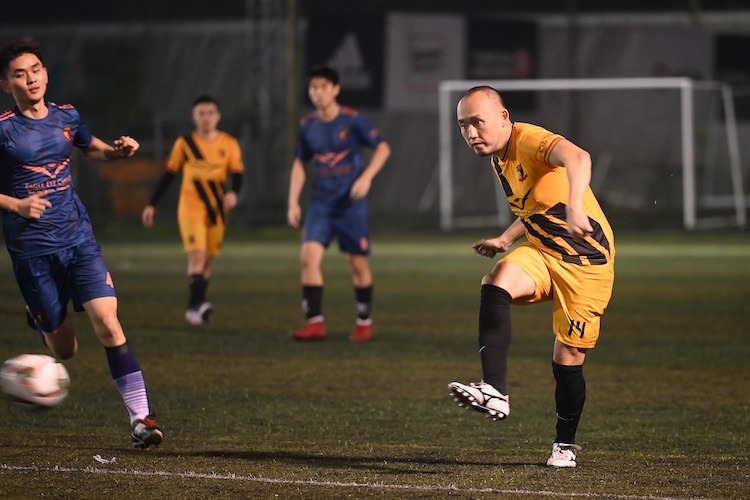
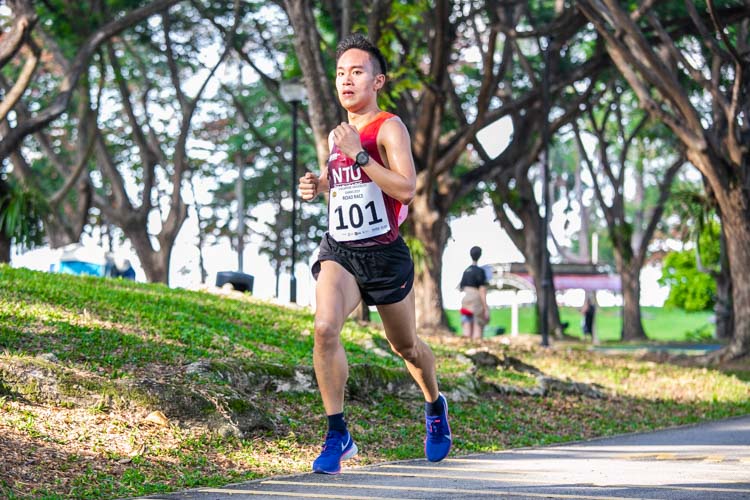
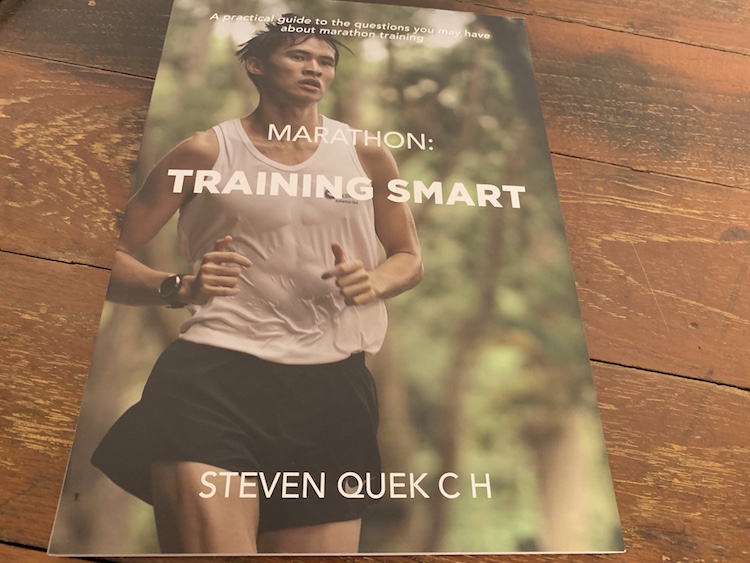
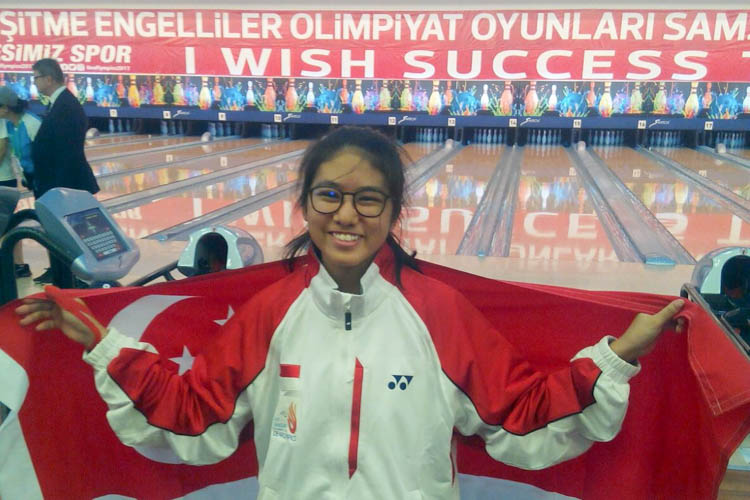
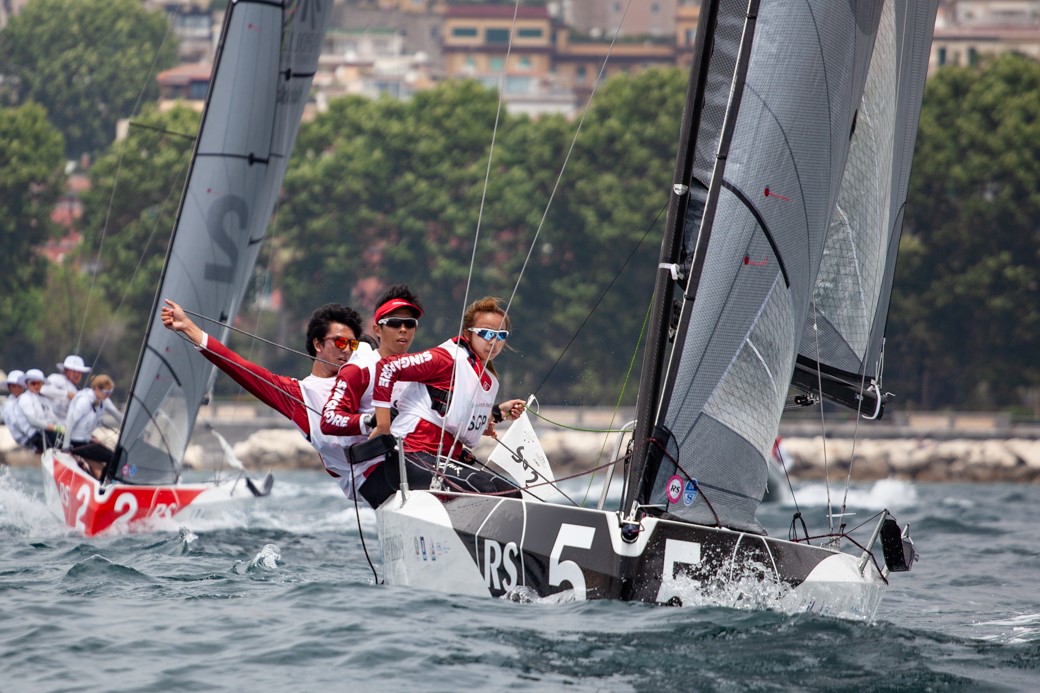
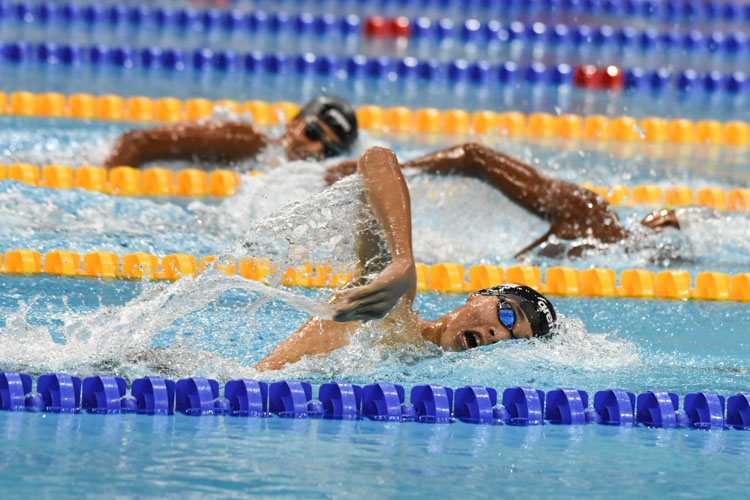
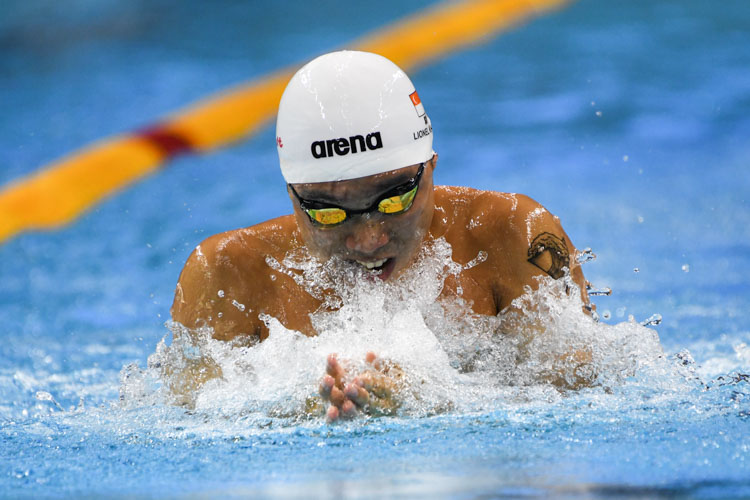
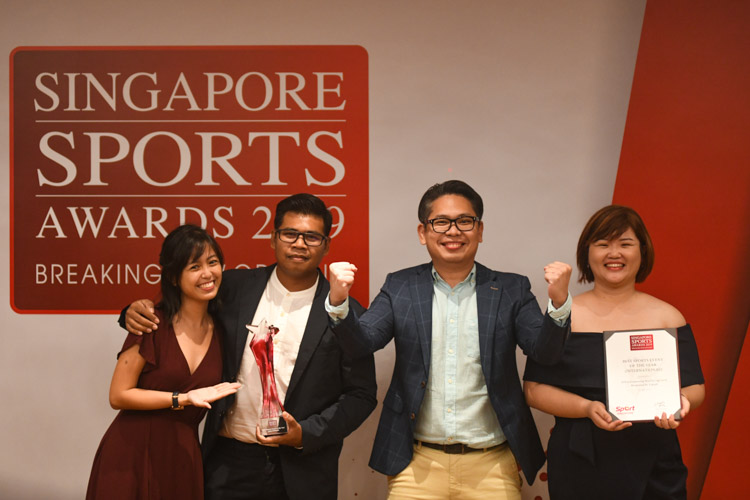
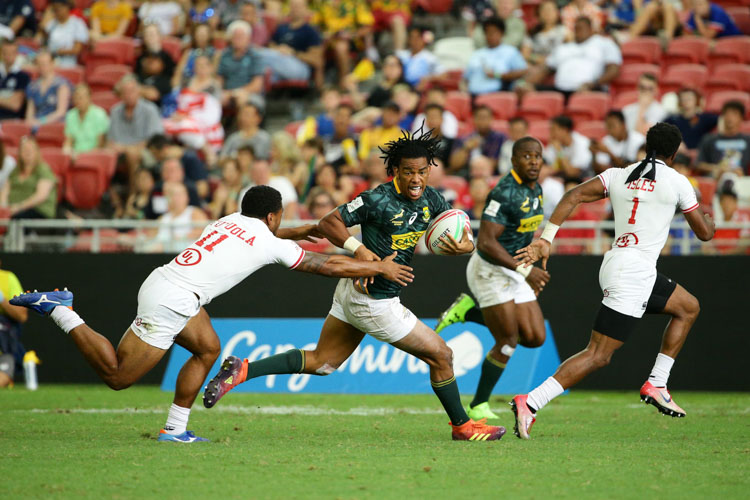
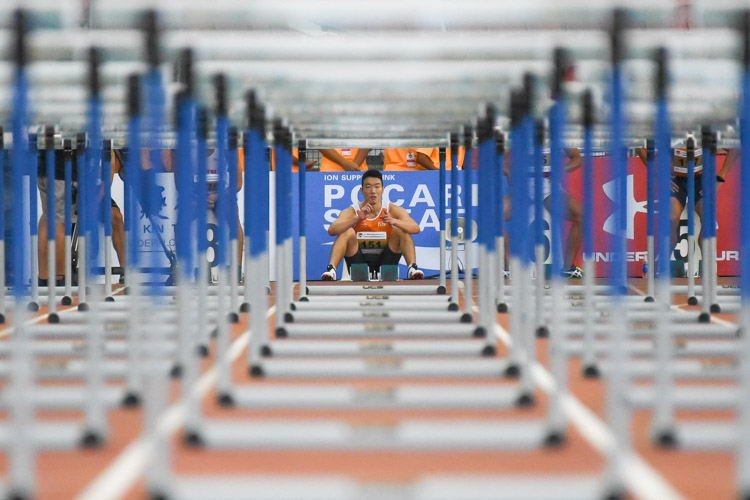
Great job! Hope you continue to run proud!
By the way, what watch/model were you wearing in the photo? Am keen to know the GPS watches you prefer.
Dear SY,
I alternate between the Garmin Forerunner 610 (borrowed from my Singapore coach) and a Nike + Sportwatch GPS. The Nike watch is much more affordable but the Garmin is more sophisticated.
Hope this helps!
Inspiring! Well done!